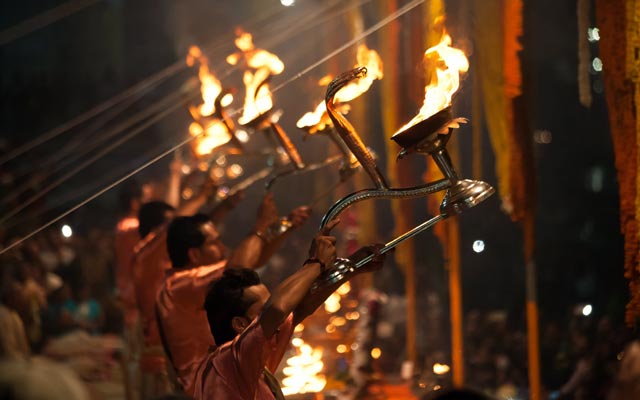
India is the land of natural beauty and besides its soothing cultural heritage and homely vibe; it is also known to be a witness to a number of ancient mythological happenings. Goes without saying, with its religious destinations, it also becomes an ultimate destination to go to for those who seek peace of mind, body and the soul.
With a number of places to visit in India for spiritual tours, Char Dham and Kailash Mansarovar rank up and above from the rest. Let us take a look at the spiritual essence and divine significance of these destinations.
Badrinath, Kedarnath, Yamnotri and Gangotri: Char Dham
Located in various districts of Uttarakhand, Badrinath, Kedarnath, Yamnotri and Gangotri come together with a spiritual essence of their own to form the Char Dham Yatra. Every year, thousands of pilgrims visit these serene and divine destinations to attain peace of mind and salvation. Literally, Char Dham means “four abodes of God”, places where the Gods themselves lived, meditated and attained tranquillity.
Char Dham was first introduced by Shri Adi Shankaracharya, a prehistoric Hindu philosopher. It is believed by Indians that visiting all these “dhams” at least once in a lifetime frees one from their sins and embarks them on the path towards enlightenment.
These four holy destinations in India offer pilgrims with not just snow-capped mountains, pure atmosphere and picturesque beauty, but also the gift of soul searching, attainment and enlightenment. This yatra first begins with Yamnotri and tours through Gangotri, Kedarnath and ends with Badrinath.
Spiritual essence of:
Yamnotri
Yamnotri marks the origin of the sacred river Yamuna. Hindu mythology narrates that Yamnotri was the sister of Yamraj, the God of death. On Bhai Dooj, Yamraj vowed to Yamnotri that any human, who takes a dip in the gushing water of Yamuna, shall attain salvation and thus, will not be taken to Yamlok.
Gangotri
Likewise, Gangotri is the source of River Ganga (Ganges) and is popularly known as Gomukh. Pages from the Hindu mythology suggest that when King Bhagirath, the greatest rulers of all times, meditated, river Ganga established itself on the face of Earth. The benevolence and generosity of Ganga determines its sanctity. Due to this, pilgrims are required to take a holy dip in its waters and then attend the special “puja” in the beautiful Ganga Temple.
Kedarnath
One among the 12 jyotirlingas of the God of destruction, Shiva, is nestled in the peaceful temple of Kedarnath amidst the breath-taking beauty of mighty mountains. This dham is accessible to tourists from the month of April till Kartic Poornima.
Badrinath
3,133 meters above sea level, Badrinath is considered as the most important dham. The wind here is governed by the sacred presence of Lord Vishnu, who, according to the Hindu tales of spirituality, is the protector and the preserver of the Universe.
Unleash yourself from the clutches of everyday life and soak in the serenading essence of Char Dham. Know more about the same by checking out our Char Dham Tour Packages!
The best time to go on a Char Dham Yatra is from May to June and September to October. When in Uttarakhand, prepare yourself for crowded streets and all booked hotels. It is advisable to get your tickets and hotels booked well in advance. Despite the tourist buzz, it is magical how these destinations evoke a sense of belongingness and serenity in the soul, heart and mind of people. No doubt, flocks of people travel from all across the globe to find solace and experience the surreal.
Kailash Mansarovar
Mount Kailash stands tall and mighty at a soaring height of 22,000 feet and is draped around by the sacred Lake Mansarovar. Kailash was Lord Shiva’s home and is the most renowned and sought-after pilgrimage destination. Nestled in Western Tibet, not many pilgrims are able to complete the pilgrimage and reach the destination.
The Kailash Mansarovar Yatra includes two crucial parts, first being performing “parikrama” around Mount Kailash and second being taking a dip in the holy waters of Lake Mansarovar. The age limit for being a part of this spiritual yatra (journey) is from 18 to 70 and can be done on foot, via helicopters or luxury buses.
The parikrama is performed once you reach the peak of Mount Kailash. Pilgrims are required to walk around the peak in clockwise or anti-clockwise direction and it usually takes three days. Yaks and ponies are available to take you around if on foot is not an option for you after the difficult trek. Mythology depicts various tales in the Hindu, Buddhist, Jain and Bon culture, each with a significance of its own. The Hindus believe that Lord Shiva and his wife, Parvati, lived here in a meditative state whereas Buddhists regard it as the home of Buddha, an epitome of sheer bliss. In Jains, it is known that their very first Jain Tirthankara reached the state of Nirvana on Mount Kailash. On the other hand, the Bon regard it as the region where all the spiritual power and strength converge.
Once the parikrama is performed, pilgrims need to take the holy dip in Lake Mansarovar which is known as the highest freshwater lake in the world! The lake is calming blue towards its shores and transforms into an emerald green in the centre. The sight will leave you with happy sighs in the moonlight.
The best time to plan a Kailash Mansarovar Yatra is from mid-May to mid-October so if you’re thinking of indulging in divinity and wish to connect to your true self, check out Kailash Mansarovar Yatra Packages and book your tickets, now!
Related Reads: Uttarakhand, The Spiritual Abode with Cool Climes | A Complete Travel Guide To Kailash Mansarovar

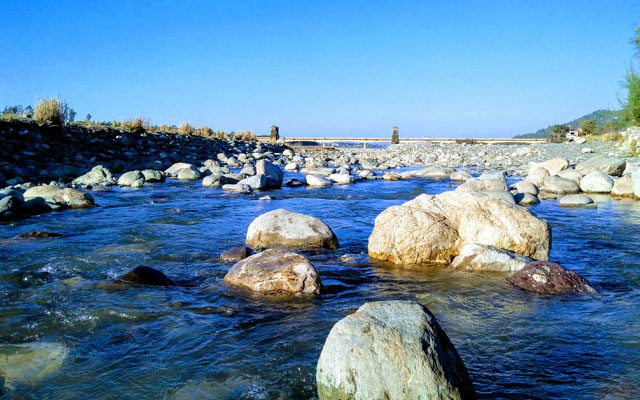
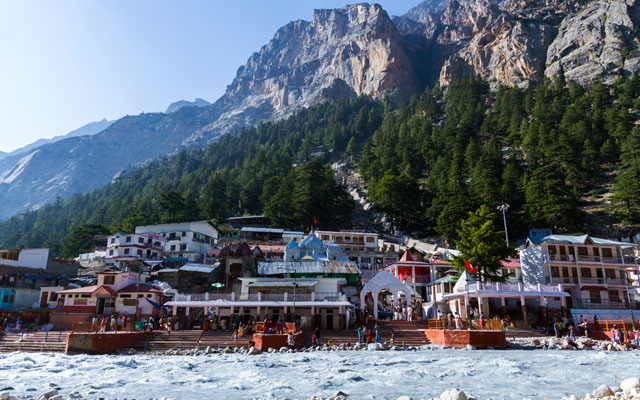
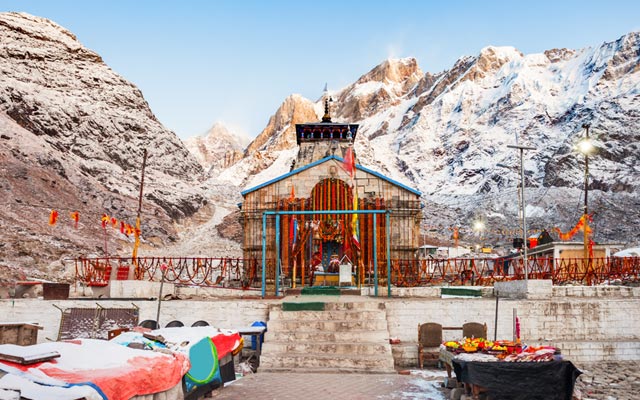
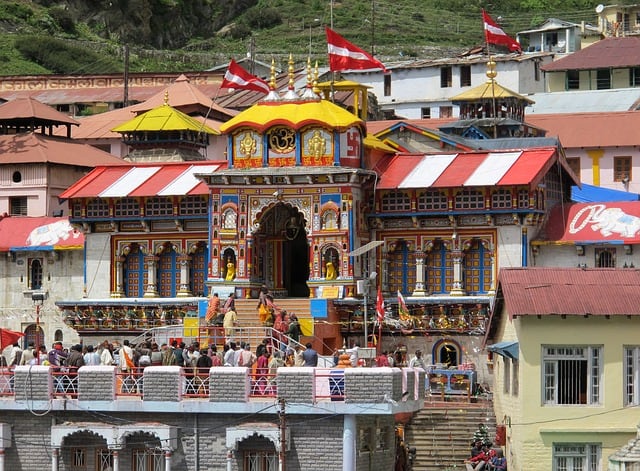
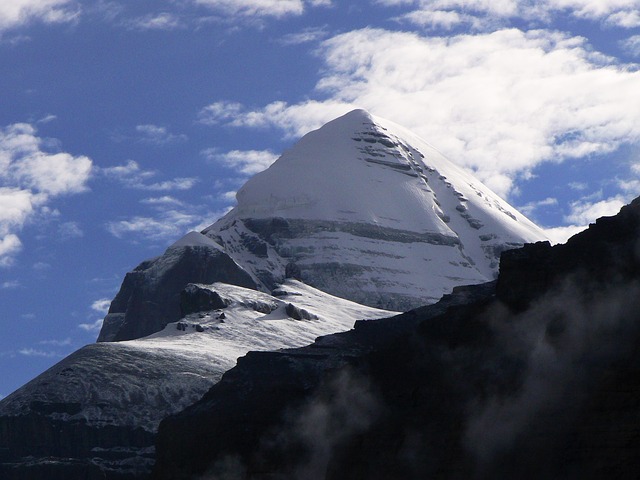
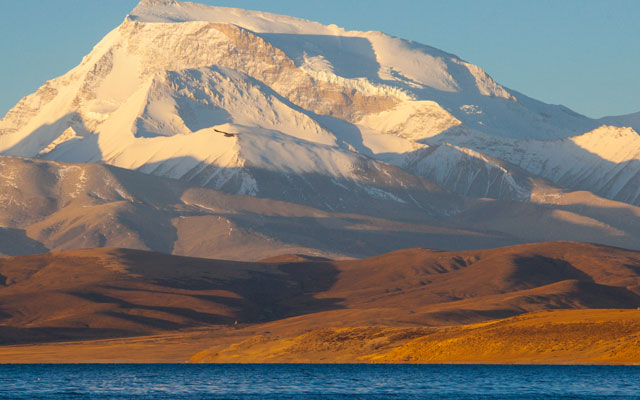
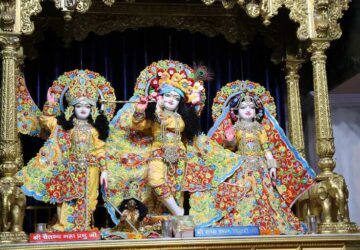


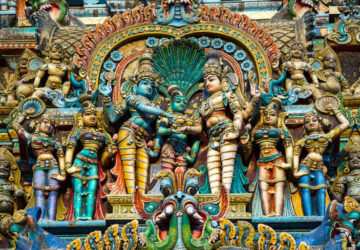
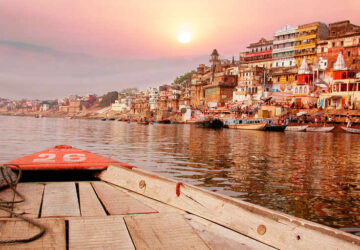
Related Post
Famous Temples and Heritage Sites in Ayodhya, Uttar Pradesh
10 Famous Street Foods of Mumbai
Mount Abu: Rajasthan’s Summer Capital
15 Best Honeymoon Destinations in India in May (2024)
Get Acquainted with the Unmingled Marine life of Andamans
Your Go-To Travel Guide For Andaman Adventure Activities & Food
6 Reasons Andaman Is The Ideal Work-From-Beach Destination
Places to visit in India during long weekends 2024
Ten Interesting Facts About Serbia
15 Best Places to Visit in Serbia